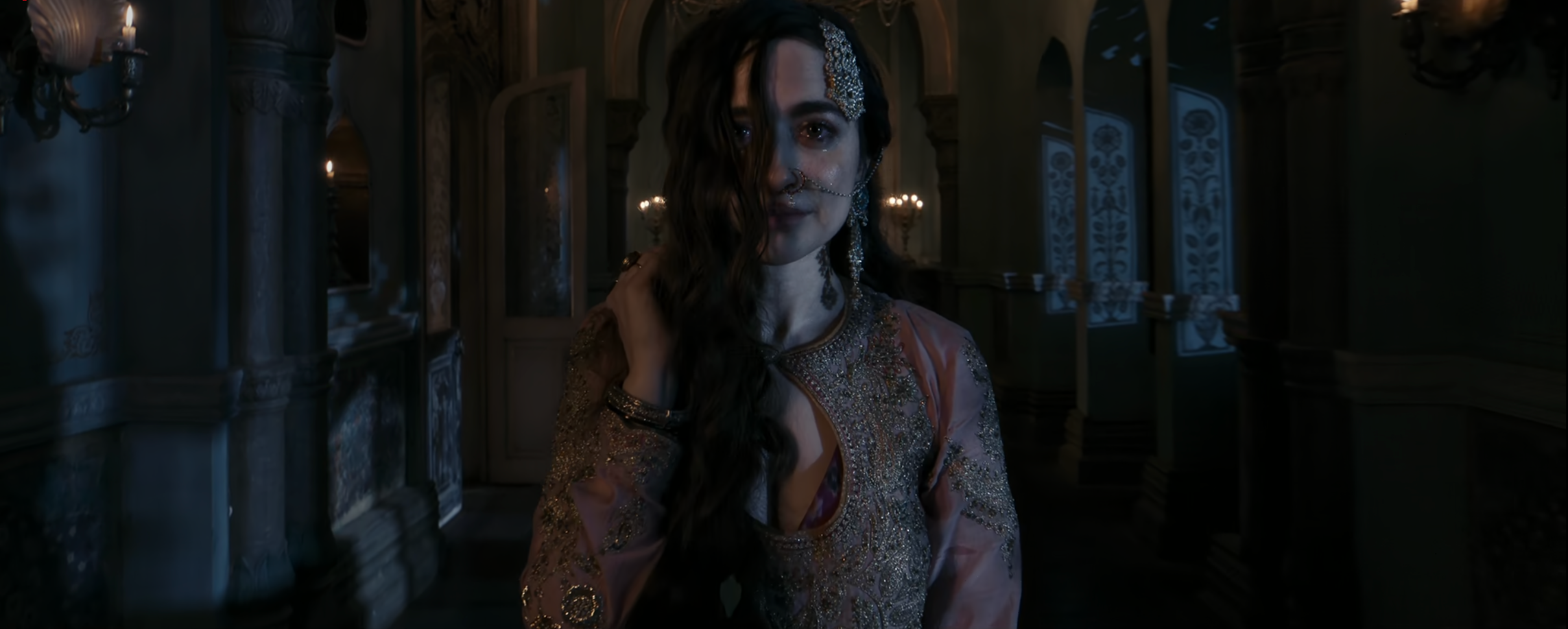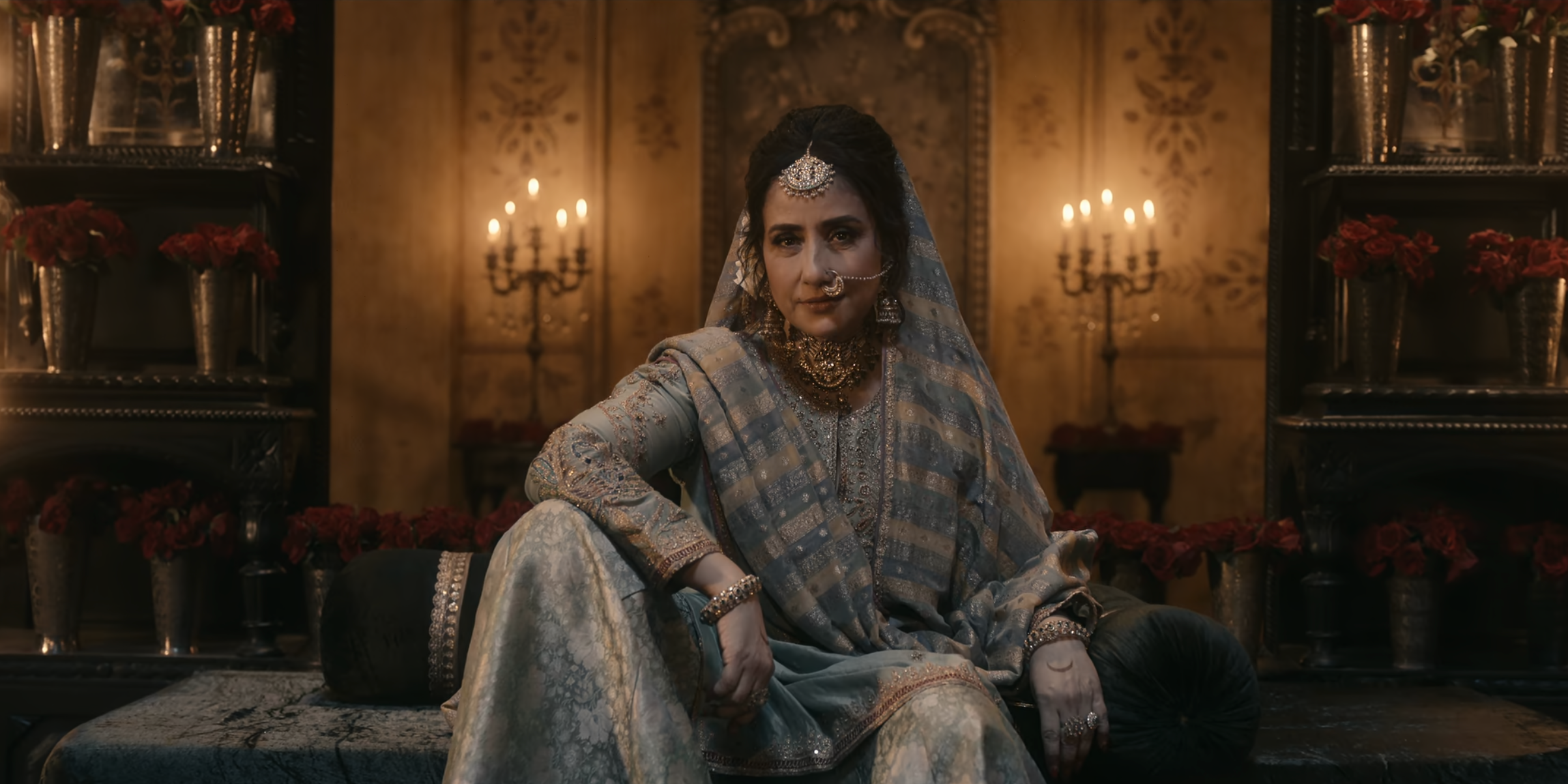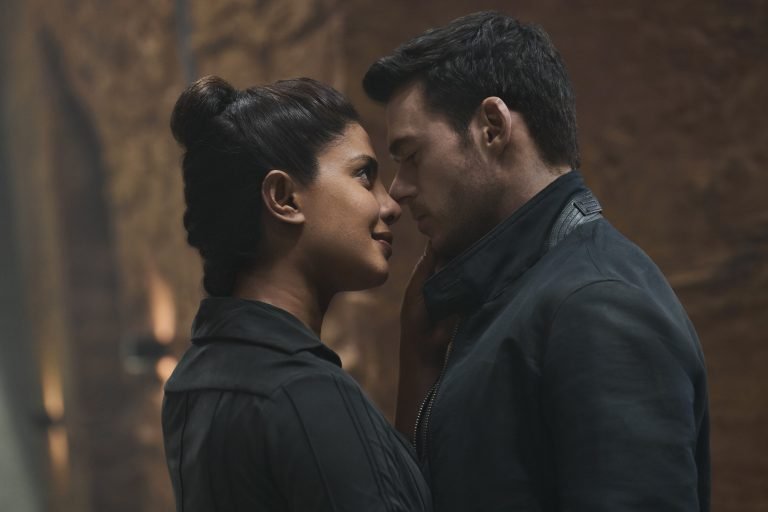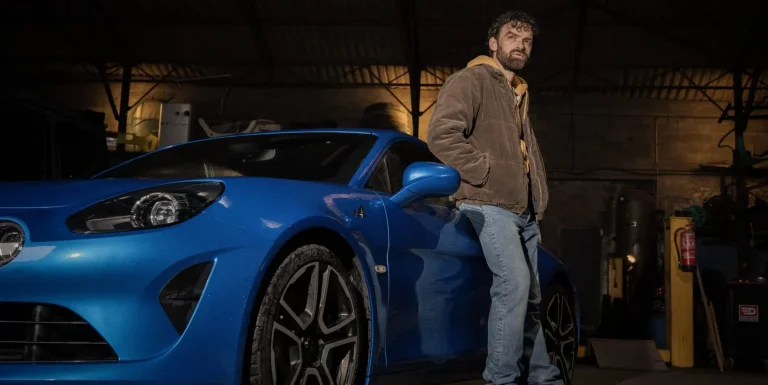This is Sanjay Leela Bhansali’s Cleopatra. A minor caveat to add to that statement: as much as Bhansali’s fandom would liken him to Cecil B. Demille and David Lean in terms of grandiosity and scale, “Heeramandi” is not Cleopatra by way of DeMille; rather, it is comparable to Joseph L. Mankevicz’s 208-minute magnum opus, which almost dismantled a movie studio.
During the early 50s and late 60s, a focus on period films utilizing cinemascope was favored, such that viewers would be drawn to the theatres rather than be glued to the small screens. Now, grandeur is brought to the smaller screen by veteran directors of Bollywood known for their varied definitions of “scale” (Rohit Shetty, Sanjay Leela Bhansali), if only to ensure that viewers just tune in to any form of content above three minutes of runtime. The results are varied, to say the least.
Here, Bhansali is a brand. His sumptuous production design and ostentatious sense of costuming and ornamentation depict women via a position of the high pedestal and grandeur and a world so enveloped by his signature miniaturization of buildings and sets that it straddles the line between an artistic fairy tale and realism. You compound that with Bhansali’s proclivity to feature stories framed around women with ill repute according to societal traditions (Chandramukhi in “Devdas,” Gangubai in “Gangubai Kathiawadi,” and most of the women in “Heeramandi: The Diamond Bazaar”), and theoretically, “Heeramandi” should be a thesis statement for Bhansali, his final encapsulation regarding tawaifs or courtesans, considering the budget and the runtime that had been allocated.
Considering the story by Moin Bag, with a screenplay by Bhansali himself and dialogues contributed by Divya Nidhi and Vibhu Puri, the eight-episode miniseries is at best a gold-plated distraction, one you can watch in the background while scrolling through your phone. Sometimes you would put your head up and marvel at the production design or even some of the dialoguebaazi that is inserted as the equivalence of a “mass” dialogue. At worst, it is a slog, a meandering mess, which takes two hours to set up the world, two more hours to meander through innumerable subplots, and finally, by the sixth episode, suddenly speed up and rush over to the finish line, only to cut to black and a voiceover describing how while India achieved independence on the 15th of August 1947, the fight for a woman’s independence in India had only just begun.

It could be called an odd sequence of events if the viewer isn’t exhausted after the almost eight-hour-long episodes. The issue isn’t the scale or the grandeur. On the contrary, the team behind “Heeramandi” wants the viewer to be dazzled by the recreation of the sets, of the camerawork utilizing mirrors to give distinctive coverage, and of the dance numbers on the crystal chandelier-adorned grand courtyard, with cerulean white dresses adorning the tawaifs as they sing songs of love and seduction.
Bhansali and his team are counting on the viewer to be dazzled and enraptured by the dialogues, the flowery vernacular, and elongating sentences with twenty-five words, of which only four would do. Those are trademarks, and gesticulations through these dialogues are a trademark of over-the-top dramatic commercial films. It is almost welcome in some instances. The introduction of Sonakshi Sinha’s Fareedan, adorned in black, coming out of a funeral procession like a ghostly specter of the past to rekindle a rivalry, or the introduction of Bibbojan (Aditi Rao Hyadri) through a dance sequence that almost resembles a mirror image of “Maar Daala” from “Devdas.” These are expected delights—a cornucopia of dopamine rushes one has to be ready for while delving into a Bhansali production.
The issue is the feasibility of sustaining that dopamine high through visuals alone. In miniseries or long-form entertainment, what truly holds the show together are the characters, their internal conflicts, and the intricacy of character development. It is antithetical to a show that is sorely lacking in focus. “Heeramnadi” doesn’t truly know what it wants to be. It tries to hit all the checkpoints regarding the tawaifs’ contribution to the rebellion against the British Empire. It tries to hammer home the distinction between tawaifs and sex work even though it never fully describes the true dimensionality and range that a tawaif had in society and ultimately just hints on and expounds on the easy descriptions and shorthands that would describe them as the best (courtesans) or the worst (sex workers). More still, it also tries to depict the rise and fall of the tawaifs as their patronages dry out.
It’s also in the service of a personal rivalry between the shrewd Malikajaan (Manisha Koirala) and Fareedan (Sonakshi Sinha) over the ownership of Shahi Mahal. Malikajaan is depicted as a cross between a gender-swapped version of King Lear and Miss Havisham. “Heeramandi,” through the supporting characters, also tries to touch upon different aspects of plot, genre, or simply tone: Sanjeeda Sheikh’s Waheeda as the unpredictable sister who is more manic than menacing; Sharmin Segal’s Alamzeb, whose love story with future nawab Taqdar Baloch (Taha Shah) serves as the emotional arc of the middle portion of the series; and Bibbojan as the secret operative of the rebels, whose role as a tawaif puts her in the unique position to spy on the administration of both the nawabs and the imperial police.
We also have Richa Chaddha in the thankless role of the eldest daughter, Lajjo, and her failed adoration for Nawab Zorawar, who himself has a secret past. We also have Jayati Bhatia and Nivedita Bhargava as Satto and Phatto (read Rosencrantz and Guildenstern), though not working as commentators but rather as denotations towards the class divide and the peculiar intricacies of loyalty.

It’s a lot, and frankly, the soap-operatic melodramatic nature of the convolution might have worked if the characters were allowed to depict a sense of interiority or even allowed to be vulnerable with a propensity to ruminate rather than proclaim. If every dialogue is punctuated by a proclamation that could be read in a vacuum and captioned on a social media post, your vernacular might improve, but the character you are following can never have the opportunity to connect with the audience or even be allowed to breathe and act beyond the inevitable contours of the plot.
That serves as the larger problem when the plot is unfocused. The emotional, romantic arc is saddled with two leads whose chemistry is, at best, suspect and, at worst, bland. The battle against the British by the rebellion isn’t given any different sparkle or verve than most recent Hindi movies have served us with. Ultimately, by the end of the sixth episode, when the plot suddenly kicks into high gear, the patriotic fervor feels almost retro-fitted for some characters, never seeded throughout the show or even remotely hinted towards. For a show so interested in exploring the contours of desire, Bhansali’s proclivity in the depiction of sexual acts is unusually implicit.
But it ultimately rests on two central performances that understand the assignment and are allowed to hit the register of the pitch of that performance. While Koirala is magnetic as the shrewd Malikkajan, it is Sonakshi Sinha as Freedan who impresses. Allowed to be both vulnerable and yet sly when necessary, she excels in the commercial space, allowed to shine within the contours of the campy screenplay, even punctuating some of the overt self-seriousness with hints of snark. The men, perhaps intentionally, are dutifully forgettable, while the antagonists are never allowed to be more than their archetypes—the soldiers are boorish and sadistic, and the nawabs are affluent and self-serving.
At the end of the day, “Heeramandi” tries to cover up the limitations of its screenplay and characters with the sumptuousness of its visuals. While the show remains dazzling to look at, it never fails to ring hollow. As a result, the show becomes exhausting, overwhelming you with an empty spectacle. The Bhansali mode of filmmaking is a pleasurable theatrical watch spanning over two hours. For eight hours, it becomes an exhausting mess.





![Hellraiser [2022] Movie Ending, Explained – These Hellish Sights Come At A Dear Price](https://79468c92.delivery.rocketcdn.me/wp-content/uploads/2022/10/Hellraiser-2022-768x408.jpg)




